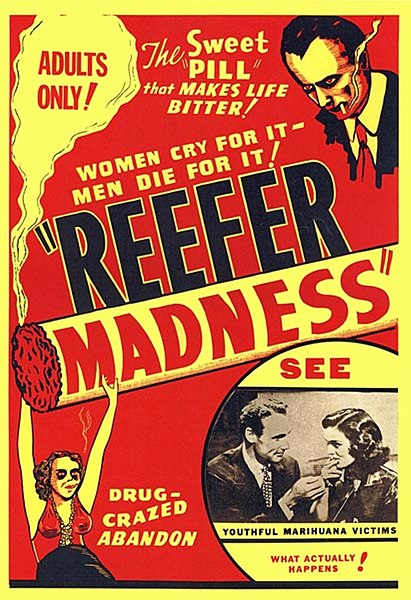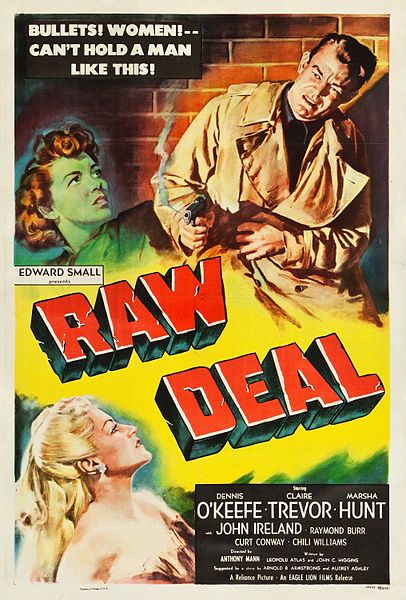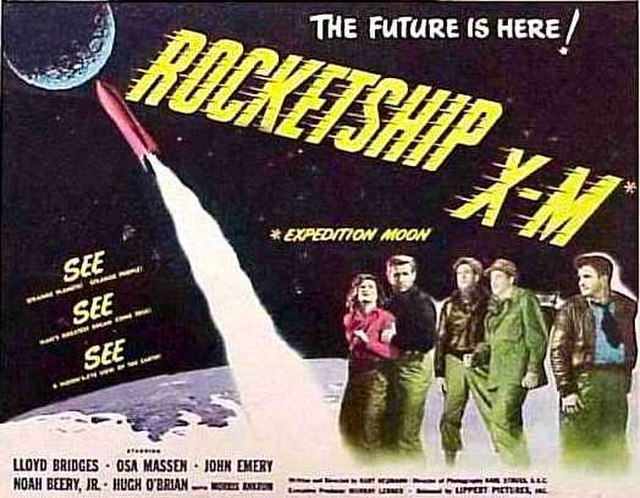An exploitation film is a film that tries to succeed financially by exploiting current trends, niche genres, or lurid content. Exploitation films are generally low-quality "B movies", though some set trends, attract critical attention, become historically important, and even gain a cult following.
Poster for the silent exploitation film The Road to Ruin (1928)
Reefer Madness, a 1936 film about marijuana
Poster for the independent film Sweet Sweetback's Baadasssss Song (1971)
Godzilla (1954), the first film in the Godzilla series
A B movie, or B film, is a type of low-budget commercial motion picture. Originally, during the Golden Age of Hollywood, this term specifically referred to films meant to be shown as the lesser-known second half of a double feature, somewhat similar to B-sides in the world of recorded music. However, the production of such films as "second features" in the United States largely declined by the end of the 1950s. This shift was due to the rise of commercial television, which prompted film studio B movie production departments to transition into television film production divisions. These divisions continued to create content similar to B movies, albeit in the form of low-budget films and series.
The "King of the Bs", Roger Corman, produced and directed The Raven (1963) for American International Pictures. Vincent Price headlines a cast of veteran character actors along with a young Jack Nicholson.
Stony Brooke (Wayne), Tucson Smith (Corrigan), and Lullaby Joslin (Terhune) did not get much time in harness. Republic Pictures' Pals of the Saddle (1938) lasts just 55 minutes, average for a Three Mesquiteers adventure.
Often marketed as pure sensationalism, many films noir also possessed great visual beauty. Raw Deal (1948), writes scholar Robert Smith, is "resplendent with velvety blacks, mists, netting, and other expressive accessories of poetic noir decor and lighting". Directed by Anthony Mann and shot by John Alton, it was released by Poverty Row's Eagle-Lion firm.
Rocketship X-M (1950), produced and released by small Lippert Pictures, is cited as possibly "the first postnuclear holocaust film". It was at the leading edge of a large cycle of movies, mostly low-budget and many long forgotten, classifiable as "atomic bomb cinema".








